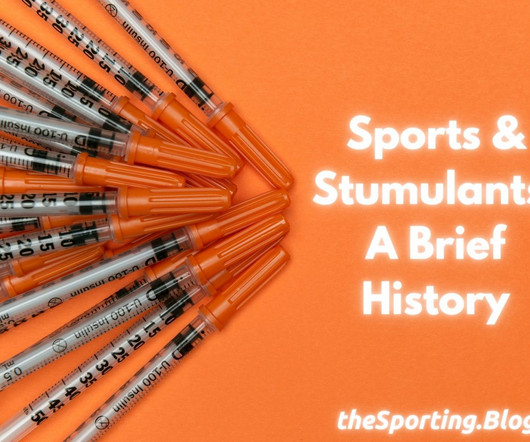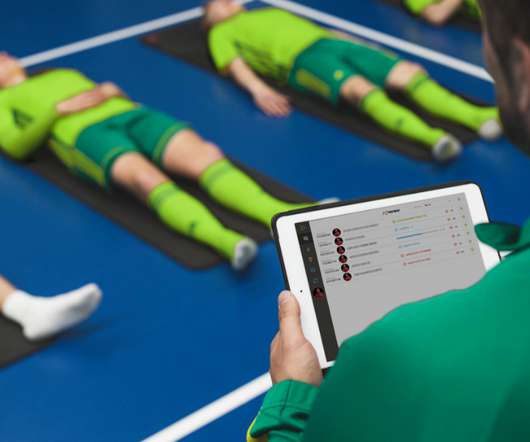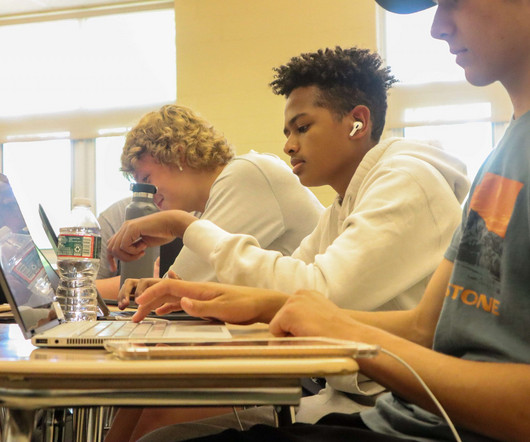GABA, Tyrosine, and Taurine: Amino Acids to Support a Healthy Mood
Designs for Health
JUNE 30, 2023
GABA is a non-protein amino acid that acts as the primary inhibitory neurotransmitter in the brain and central nervous system. It has many physiological actions in the body including supporting mitochondrial function, antioxidative status, cellular calcium levels, and membrane stability.













Let's personalize your content